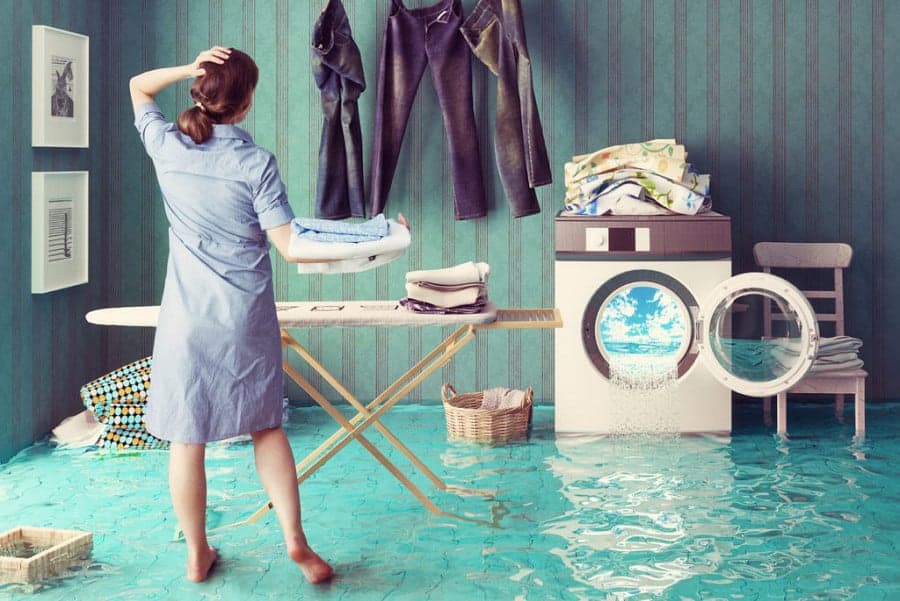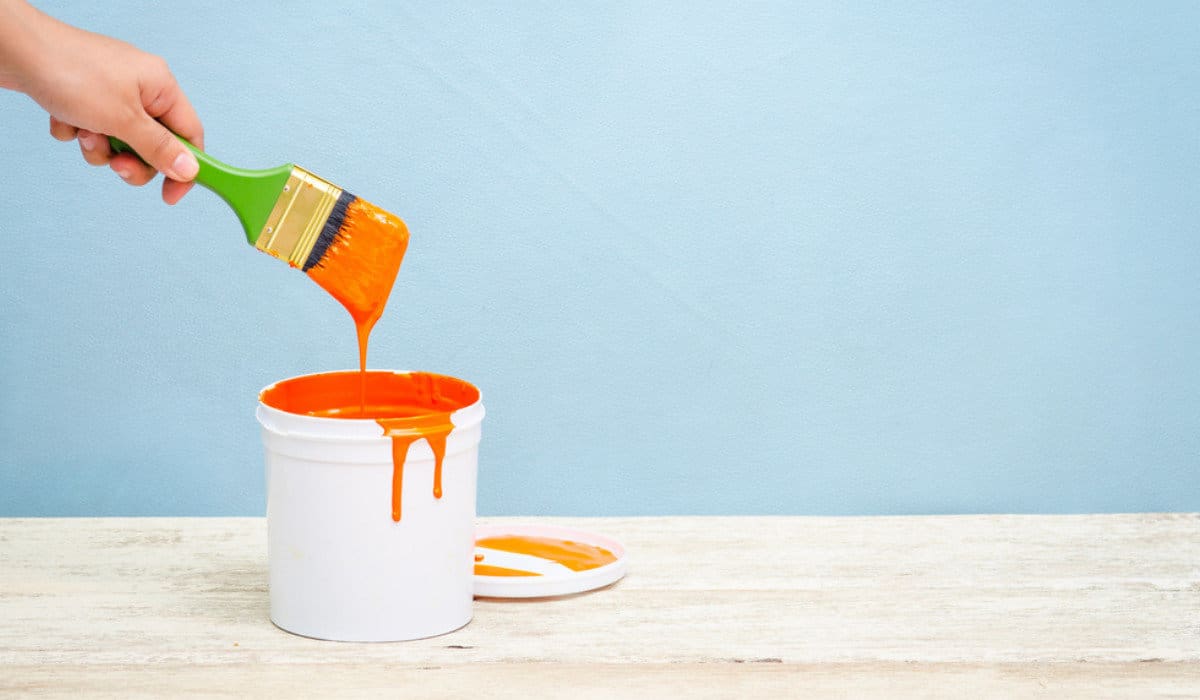
It’s almost inevitable for your home to have some sort of water damage throughout its lifetime, with a whopping 37% of U.S homeowners claiming to have suffered losses from water damage.
But, when you don’t want to pay thousands of dollars for repairs or file an insurance claim, you’ll have to handle the water damage repairs yourself. Learning these DIY water damage repair tips can help save your wallet when the inevitable happens.
5 DIY Water Damage Repair Tips For Homeowners
- Thoroughly Inspect Damages
- Dry Everything Out
- Remove Water Damaged Materials
- Clean & Disinfect
- Make Needed Repairs
1 – Thoroughly Inspect Damages
When you handle water damage by yourself, you need to make sure that you’re addressing all affected areas. If you don’t, your DIY efforts may end in mould, mildew, and structural problems for your home. Take the following steps to perform a proper inspection:
- Locate the source of your water leak or moisture problem
- Identify all wet areas, inspecting fully around most damaged areas
- Inspect for mold growth
- Identify any furniture that has been affected or needs to be moved
Once you know the source of your water damage, the affected areas, and whether or not there is mold, you can prepare to make repairs. Depending on the source, you may need to call a plumber or HVAC professional to fix leaking pipes or water lines before beginning your work.
2 – Dry Everything Out
You want to begin this step as soon as possible to prevent the growth of mold in your home. Collect any fans or dehumidifiers around your home, or rent some from your local home improvement store.
Point fans at wet areas and position the dehumidifier nearby to remove evaporating moisture in the air. Open any windows to help air circulate around the room. You’ll need to leave the fans and dehumidifiers running for at least 2 days to ensure everything has dried out.
3 – Remove Water Damaged Materials
If the source of your damage was a leak behind a wall or flooding reached a few inches up your drywall, some demolition will be required. This is to ensure not only your living space is dried out, but any affected areas behind walls or ceilings as well.
Before starting this step, you should:
- Lay down a tarp to make cleanup easier
- Wear safety goggles, gloves, and a mask
- Gather a utility knife or saw and a hammer
Return to the water damaged areas you identified in Step 1. If drywall is wet, you will need to remove the panel or cut out the affected section depending on the extent of the moisture. Use your utility knife or saw to cut around the wet area, which will likely have brown discolouration. For easier replacement, you should cut in a simple square or rectangle. Once you’ve made your cut, remove the drywall with your hammer or your hands.
When dealing with a water damaged carpet, some demolition may be required as well. Many times, the carpet itself can be saved, but the carpet pad underneath must be removed and replaced. To pull up a carpet, start in a corner of the room and begin to pull it up with a hammer. Once it begins to come up, carefully pull up the rest with your hands. Remove the wet carpet pad and dispose of it. Then, position a fan underneath the carpet until it has dried.
4 – Clean and Disinfect
Once walls are opened up and you’ve begun drying out water damage, you should disinfect the affected area. Using a bleach solution, lightly spray affected wood, drywall, carpet, or flooring and wipe down the area. This step helps prevent the spread of any harmful bacteria and can help prevent mold growth.
5 – Make Needed Repairs
Once all water-damaged areas are completely dried, you can put the fans and dehumidifiers away and begin putting everything back together.
If you removed any drywall, you’ll want to replace it. Measure the area that you removed. Then, cut out your replacement drywall a few inches larger than the area you removed. Place the cut replacement drywall against the hole in the wall and use a knife to trim it to the proper size.
Next, take a bit of joint compound and apply it around the hole. Place your replacement drywall in the hole, and press down any joint compound that comes out of the wall. Let it dry, and then sand down any bumps with sandpaper and apply another layer of compound around the edges of the replacement drywall.
Once your drywall is completely replaced, you can move on to repainting and refinishing the damaged area. Your DIY water damage repairs have been completed!
Common Questions
What If I Have Mold?
If you find mold during your DIY water damage repair, you can’t ignore it. Depending on the extent of the mold problem, you can remove it yourself. You should cut out and dispose of porous surfaces which have mold growth. On non-porous surfaces, you can scrub the mold away with a mold cleaner. Be sure to wear gloves, goggles, and a mask when dealing with mold yourself.
How Do I Know I Dried Everything Out?
Without a tool like a moisture meter, you’ll have to use your best judgement that you’ve dried out water damage. To make sure you’ve dried everything out, take photos before the drying process begins to compare to a few days later. Make sure that you leave fans and dehumidifiers out for at least two days, if not more. It’s best to run this equipment longer than needed to ensure there is no lingering moisture.
Should I File An Insurance Claim Instead?
It’s not always worth it for a homeowner to file an insurance claim for water damage. Depending on your deductible, a small insurance claim may end up costing more than performing DIY water damage restoration or paying a professional out of pocket.
However, there are certainly times where you should not try to handle water damage yourself and should file an insurance claim. You should file a claim when damages are affecting multiple levels of your home, walls, floors or ceilings are buckling, if you experience major flooding, or if dealing with the sewage water. In these cases, it’s safer, easier, and cheaper to file a claim than handle the cleanup and repairs yourself.




